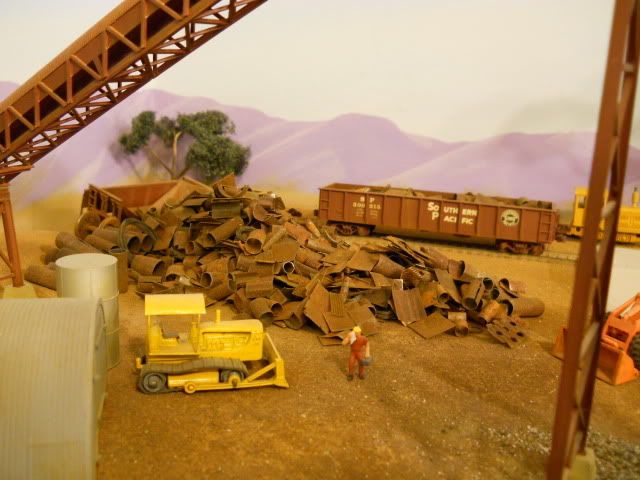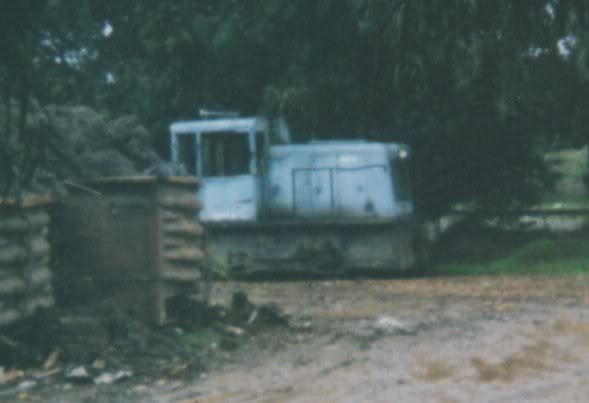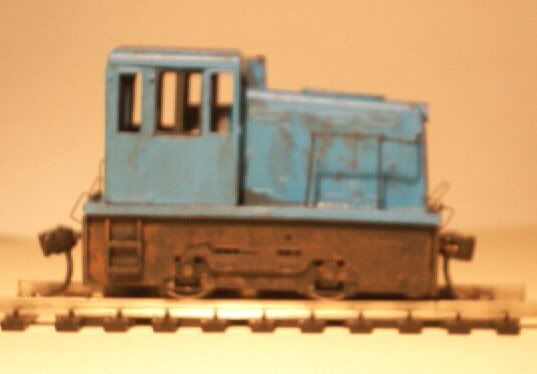Quite a bit of the traffic on my layout is generated by the steel industry. I have a coal mine, Hulett ore unloaders, blast furnace, rolling mill and electric furnace and, yes, a scrap yard.
This isn’t a recent photo (I’ll have to work on that!) I’m still working out some details here.

I have to make exception to the idea that railroads did ALL their scrapping and you would never see a steam locomotive in a scrap yard.
I have a detailed roster in front of me showing the disposition of only the Pennsylvania Railroad’s J class, numbering 125 locomotives only THREE were scrapped by the PRR at Altoona. The rest went to any one of these other companies:
Summer & Co.; Southwest Steel Corp.;LaClede Steel Co.; The Deitch Co. or Luntz Iron & Steel Co.
We were exporting scrap steel to Japan up until Roosevelt slapped an embargo, effective October 16, 1940 “on all exports of scrap iron and steel to destinations other than Britain and the nations of the Western Hemisphere.”
I rember being at a Luntz scrap yard in Ashtabula, Oh. back in the 1970s and there was four tracks packed solid with P70s, MP54s and old NYCRR commuter cars and probably 2 dozen cars from PRR’s Blue Ribbon Fleet.
All through the 1960s It seemed like every issue of Trains Magazine had photos of steam locomotives being cut up in different scrap yards.
So I’d say it would be pretty safe to have a steam locomotive or two in your scrap yard. I’m looking for my copy of a Ron Zeil book that had more information about the scrapping of steam through the '50s and '60s.
Tragically, one of the most recent scrappings of a steam locomotive occurred in July of 1987 at Blue Island, Ill. The GTW 5629 is a sad story of the legal system (and others involved) gone wrong.



